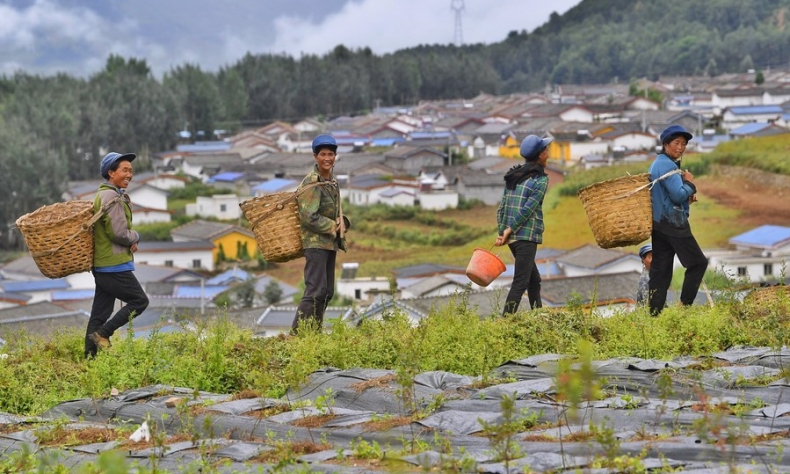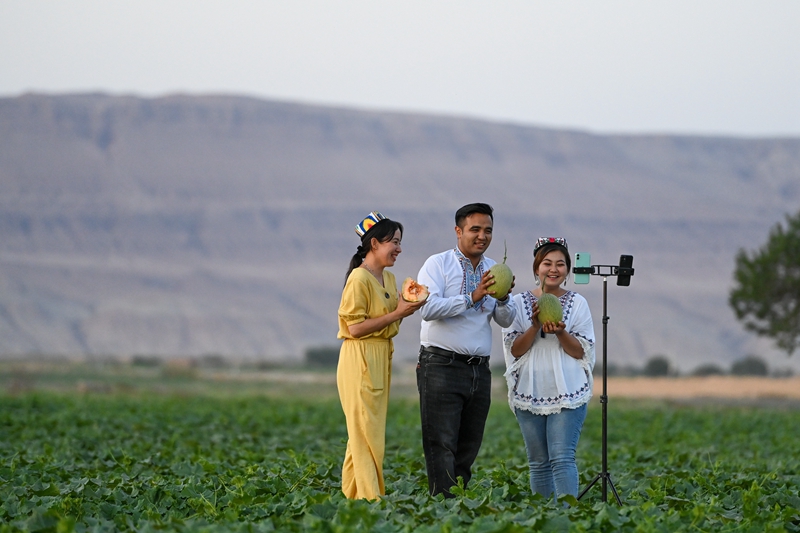China’s Road to Poverty Eradication

There’ll be a massive undertaking, but given the success of the enormous poverty alleviation campaign, the prospects look good.
Last year, China’s government announced that it had eradicated poverty. Ending extreme poverty was undoubtedly one of China’s signature feats of the past decade. However, the country’s achievements have gone beyond just getting rid of poverty, with the past 10 years having seen China make significant improvements in its people’s quality of life, such as wages, life expectancy and educational attainment.
The speed and scale of this transformation are hard to quantify. Over 40 years ago, China’s economy was stagnant, inefficient and underdeveloped – poverty was the norm. Nonetheless, the country managed to eliminate poverty in a mere generation. So how did it do it? There were two main approaches.
The first step was a wide-ranging societal transformation. Economic reforms enacted in the 1980s sparked a rapid surge in growth and development that significantly improved the living standards of millions of Chinese citizens. Meanwhile, the gradual introduction of free trade zones, tariff reductions and trade deals continued to propel the enormous rise in economic activity. An upsurge in job creation and economic opportunity spread across society, benefiting countless people.
However, China’s economic renaissance wasn’t free of complications. While eastern coastal cities flourished, many rural areas were left behind. Therefore, the government embarked on a campaign of targeted support to alleviate persistent poverty, explicitly focusing on economically reinvigorating rural areas with direct financial assistance. The campaign was ambitious: to lift China’s entire population out of poverty by 2020.

The results were so successful that the World Bank estimates that China’s poverty alleviation efforts over the past 40 years account for more than 75% of global poverty reduction in the same period.
Seeing success in sight, the campaign intensified in the lead-up to the 2020 deadline, with direct assistance, infrastructure development and economic incentives ramped up across less developed regions. For example, between 2012 and 2021, financial aid provided to China’s rural residents more than doubled. As a result, since 2012, the country has managed to assist its final 100 million rural residents in escaping poverty. By doing so, the country achieved its 2030 Agenda for Sustainable Development poverty eradication target 10 years ahead of schedule.
So, what’s next?
There is still a lot of work to do, and China’s leadership seems intent on consolidating their gains and improving living standards. Hence, the goals are no less ambitious. For instance, China’s Long-Range Objectives Through the Year 2035 have declared China’s aim to become a global leader in health by 2035. Already, average life expectancy, a key gauge of fitness, reached 78.2 years in 2021. Meanwhile, also in 2021, infant, maternal and child mortality rates dropped to their lowest levels in the country’s history.
And it’s not just health; continuing advancements in education, infrastructure and social welfare will benefit Chinese citizens over the coming years.
Going forward, China will also need to evolve its social policies in order to support workers’ mobility and upgrade their skill levels as its economy develops from low-end manufacturing to high-end manufacturing. It’ll be a massive undertaking, but given the success of the enormous poverty alleviation campaign, the prospects look good.
Jay Ian Birbeck is a freelance writer based in Guangzhou. He received an MSC in Digital Humanities from UCL.
 Facebook
Facebook
 Twitter
Twitter
 Linkedin
Linkedin
 Google +
Google +










